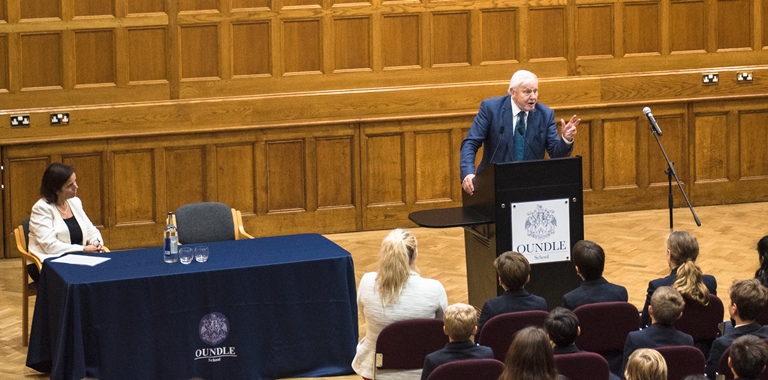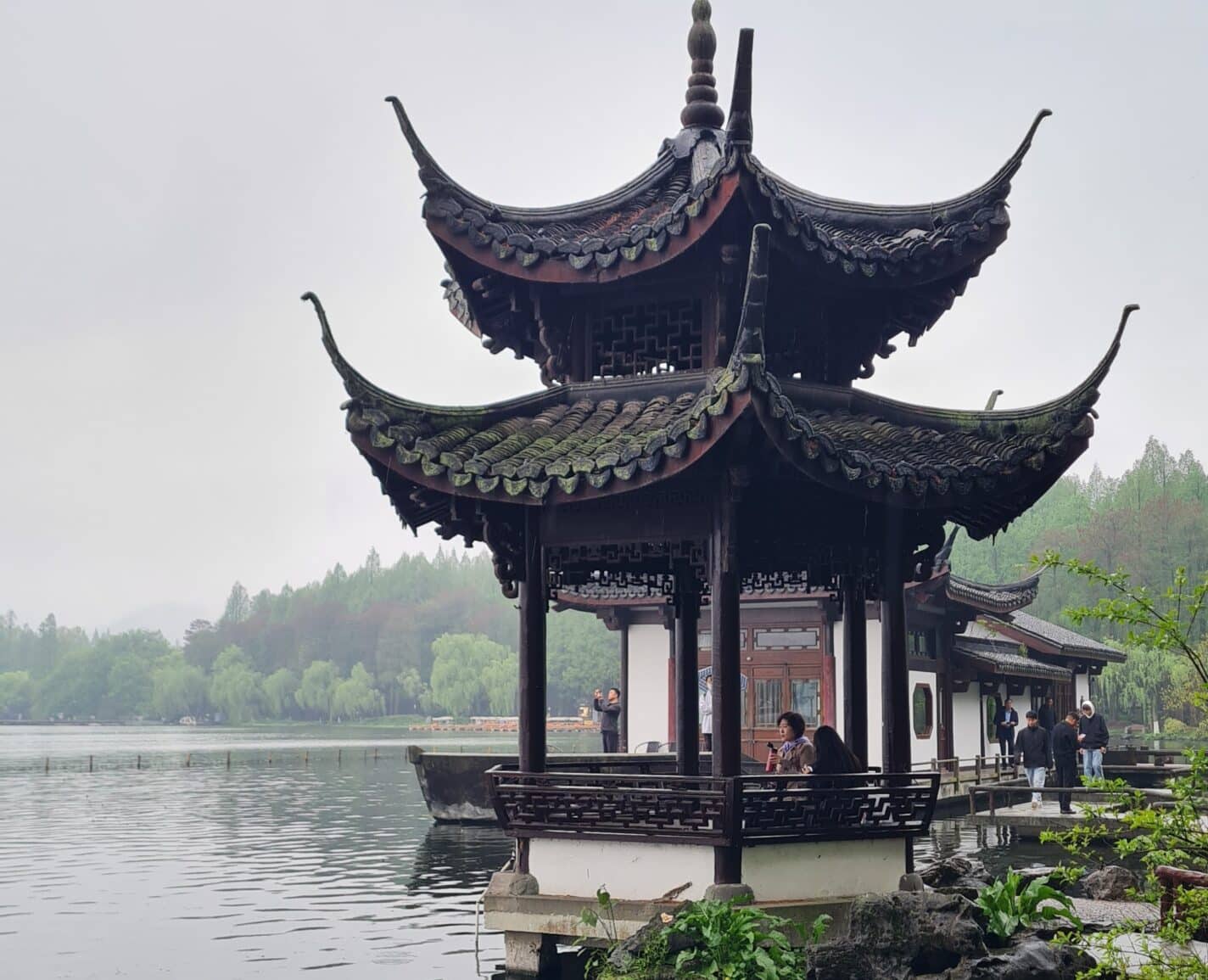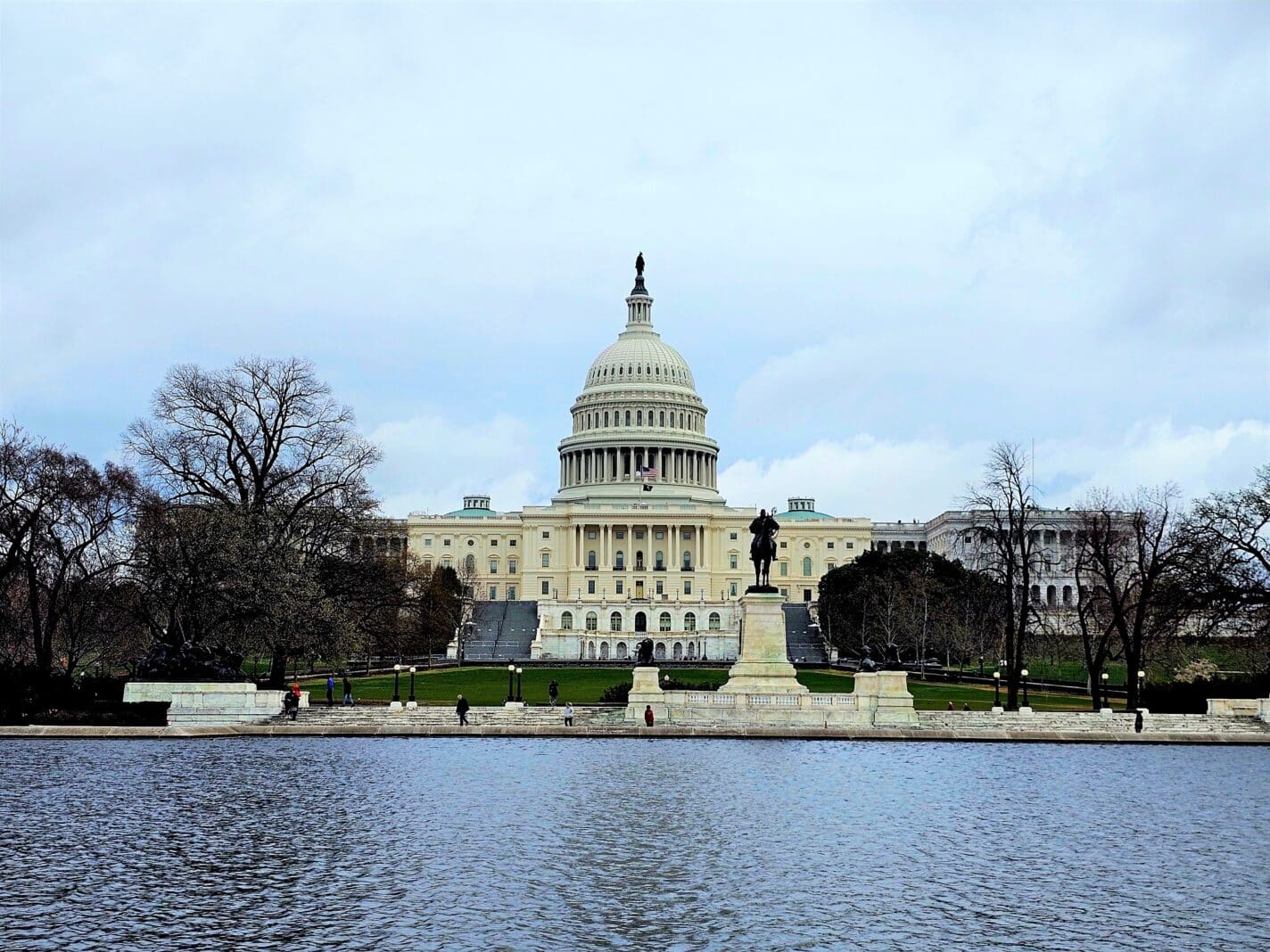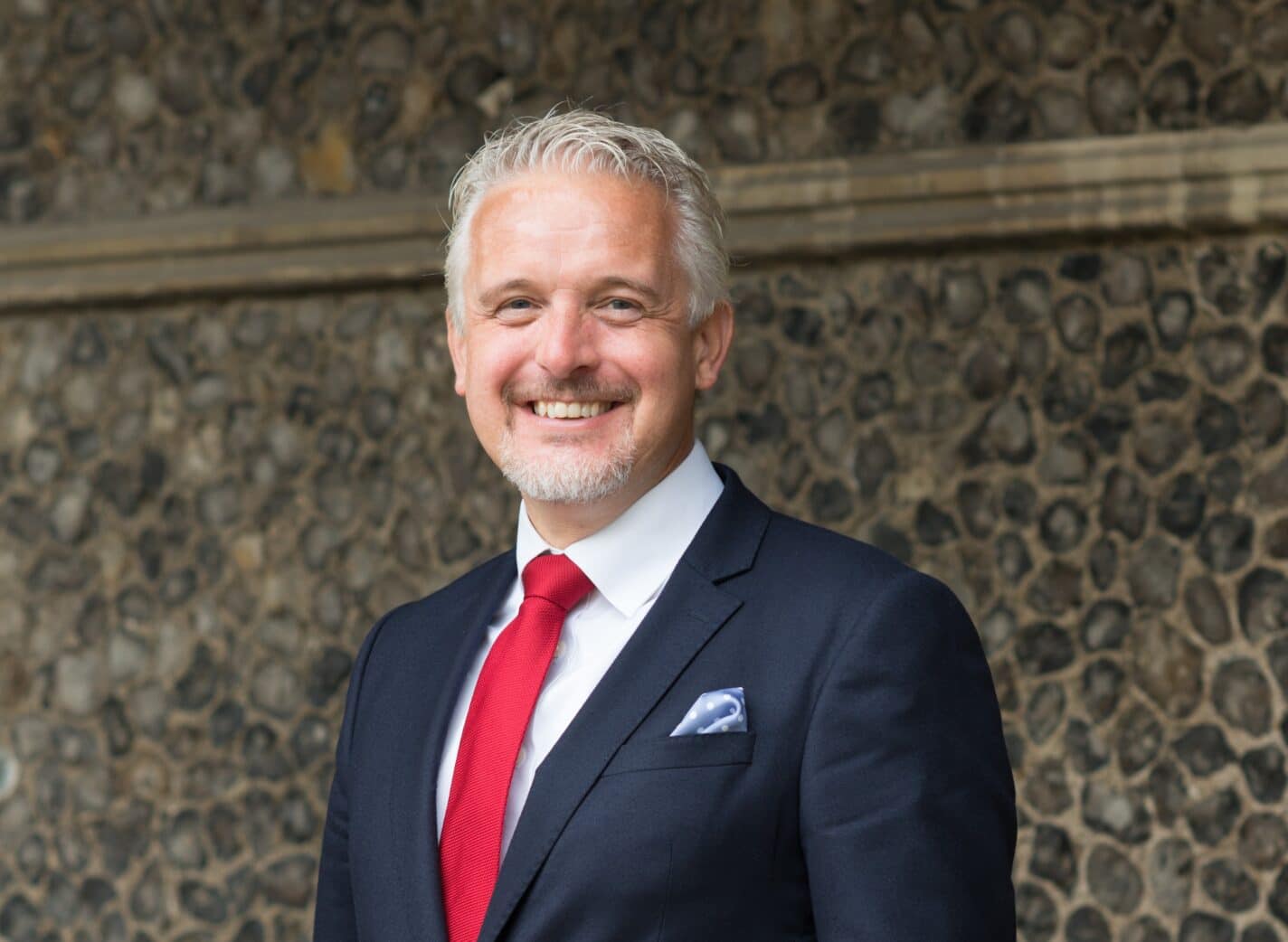Never has an audience in the Great Hall sat with more anticipation than on Friday afternoon when pupils, teachers and guests waited for the arrival of Sir David Attenborough. The hush that fell upon the vast room was expectant, and the applause that greeted him was sustained.
Sir David had come to Oundle to open the new junior day House, named after Old Oundelian, Sir Peter Scott (School House 1927).
Perhaps the only broadcaster who is known and loved across all generations, Sir David’s programmes have inspired young and old with a wonder and respect for the natural world. His career, he said, has been inspired by the work of Sir Peter Scott, who he met when they both worked for the BBC in the 1950s and 60s.
Calling Sir Peter Scott one of the great citizens, Sir David said that Peter Scott’s extraordinary knowledge about the natural world, and his reputation in the conservation movement, had impressed him more than he could say. Peter Scott was the one who stood out as the first person to make conservation an issue of global urgency, alerting the world to the pending dangers threatening the forests and deserts.
Sir Peter’s father was the famous national hero, Captain Robert Falcon Scott, whose reputation and legacy of courage and chivalry hung over his childhood and made him determined to do everything as well as he could, and even better than others.
Sir David remarked on how astonished he was to learn that while at Oundle, Peter had illustrated and published a book about birds with two other school boys. It was the first of many books about birds and wildlife that he wrote and illustrated over a long career, having developed his passion for the natural world while a pupil at Oundle.
After Cambridge, his sporting prowess led him to a bronze medal in sailing at the 1936 Olympics, and many years later a British champion glider. During the war years he commanded a gun boat and emerged a distinguished war hero.
Initially, Peter was an artist, but his portrait work soon gave way to that early passion for wildlife, nurtured at Oundle, and he became a noted painter of birds in the natural landscape, particularly the wetlands of East Anglia. His enthusiasm for hunting was challenged by one shattering experience when he injured a bird, and watched it struggle vainly on the mudflats, dying. The futility of its death convinced him to commit to protecting wildlife.
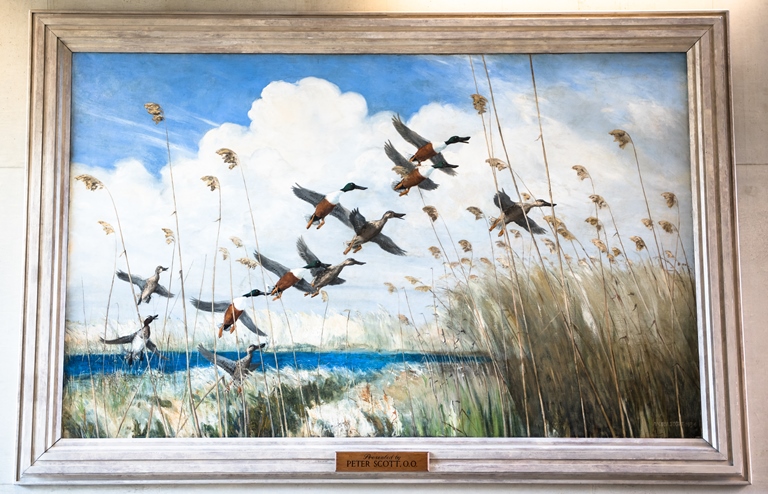
Sir David emphasised that there are still “important people” who find it inconvenient to acknowledge the damage of human activity to the planet. He said their views will be proved short-sighted and wrong. He urged the young people in the audience to be involved in conservation efforts.
“The effort will require all of us to put it right.”
As Sir David Attenborough’s visit drew to a close, the audience gave him that rarest of Oundle moments: an ovation.
L Giurlando


